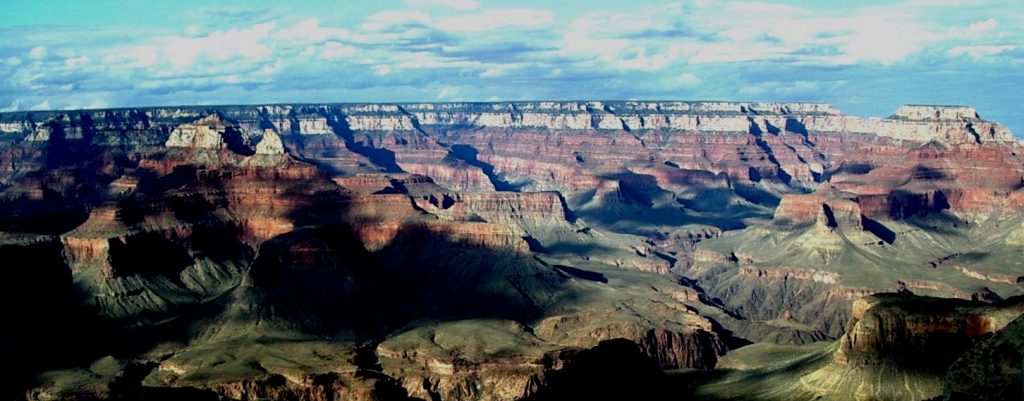Chapter 19. Measuring Geological Time
Adapted by Tim Prokopiuk & Karla Panchuk from Physical Geology by Steven Earle

Learning objectives
After reading this chapter and answering the review questions at the end, you should be able to:
- Apply basic geological principles to determine the relative ages of rocks.
- Explain the difference between relative and absolute age-dating techniques.
- Summarize the history of the geological time scale and the relationships between eons, eras, periods, and epochs.
- Understand the importance and significance of unconformities.
- Estimate the age of a rock based on the fossils that it contains.
- Use isotopic data to estimate the absolute age of a rock.
- Describe some applications and limitations of isotopic techniques for absolute geological dating.
- Describe the techniques for dating geological materials using tree rings and magnetic data.
- Explain why an understanding of geological time is critical to both geologists and the public in general.
Geological Time Is Vast
Time is the dimension that sets geology apart from most other sciences. Geological time is vast, and Earth has changed tremendously during this time. Even though most geological processes are very, very slow, the vast amount of time that has passed has allowed for the formation of extraordinary geological features, as shown in Figure 19.1.
We have numerous ways of measuring geological time. We can tell the relative ages of rocks (e.g., whether one rock is older than another) based on their spatial relationships, we can use fossils to date sedimentary rocks because we have a detailed record of the evolution of life on Earth, and we can use a range of isotopic techniques to determine the absolute ages (in millions of years) of igneous and metamorphic rocks.
But just because we can measure geological time doesn’t mean that we understand it. One of the biggest hurdles faced by geology students—and geologists as well—in understanding geology is to really come to grips with the slow rates at which geological processes happen, and the vast amount of time involved.

